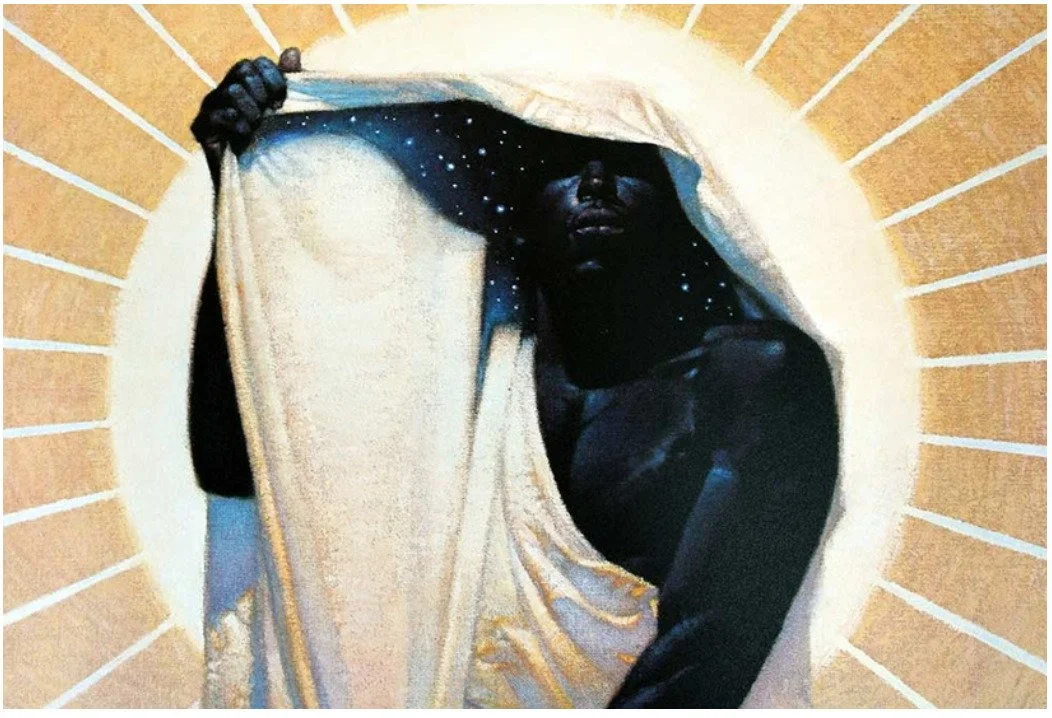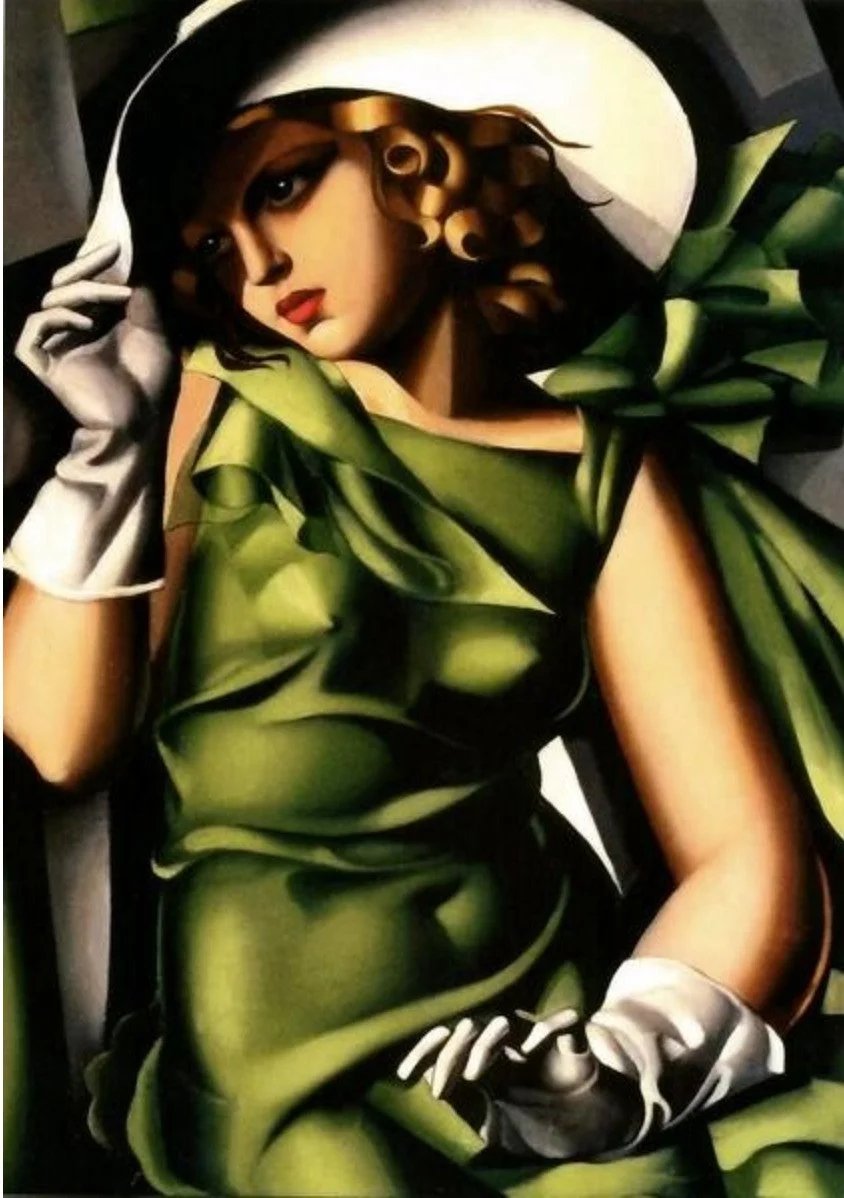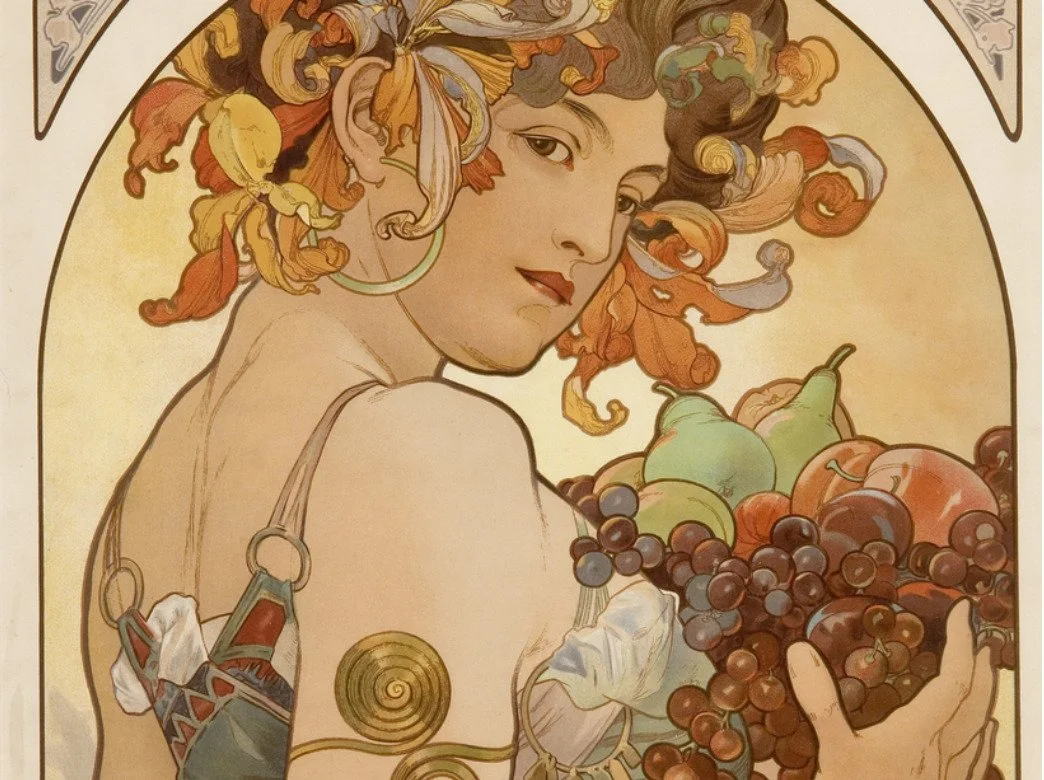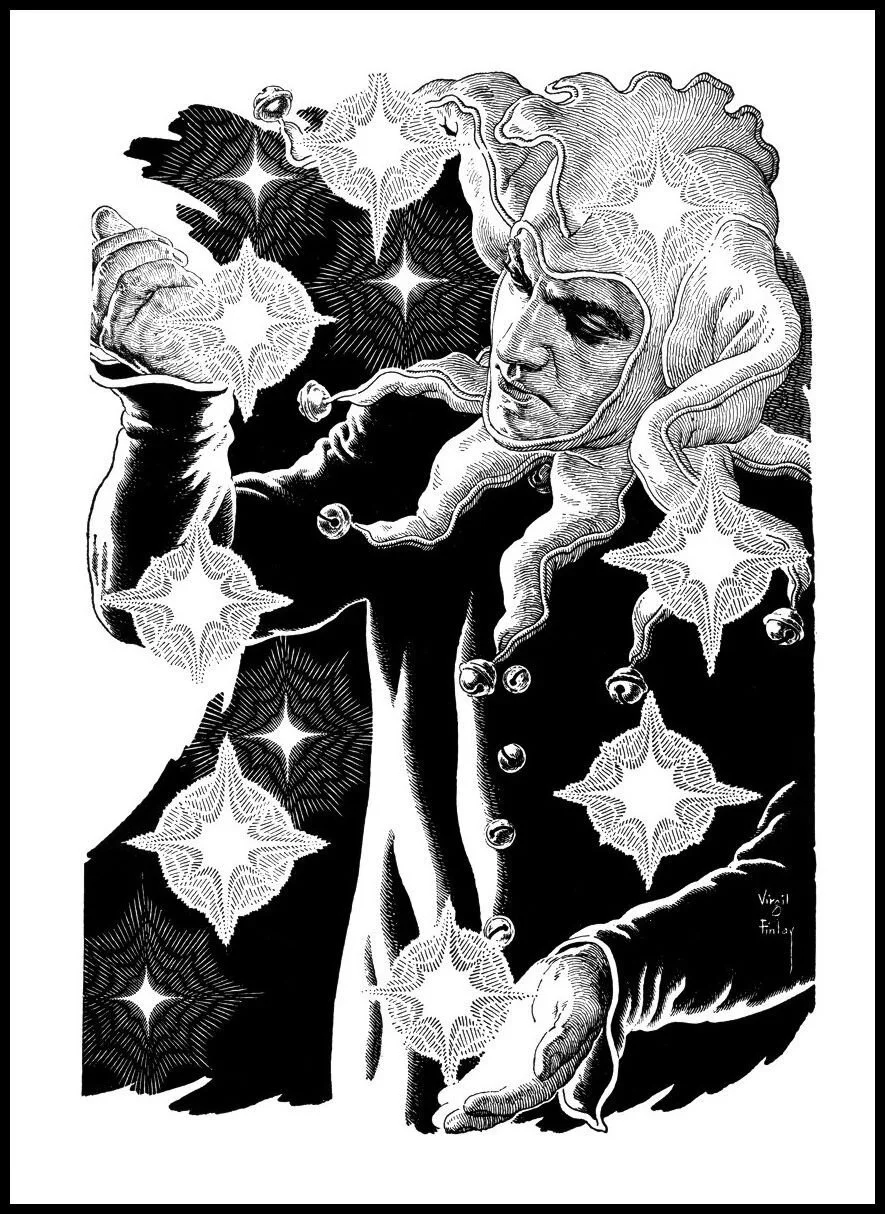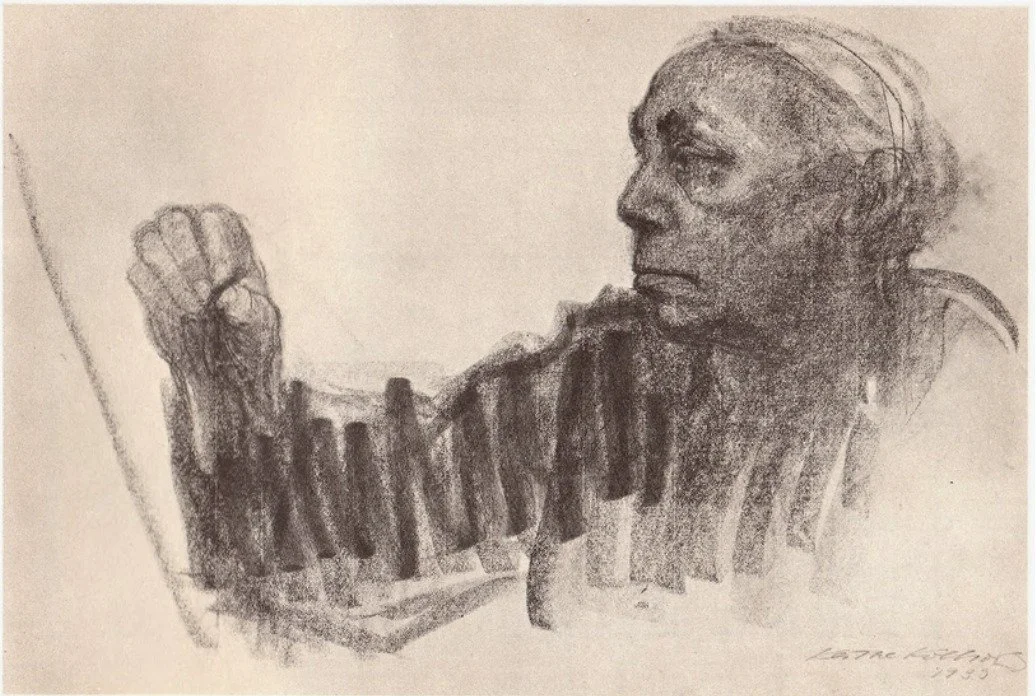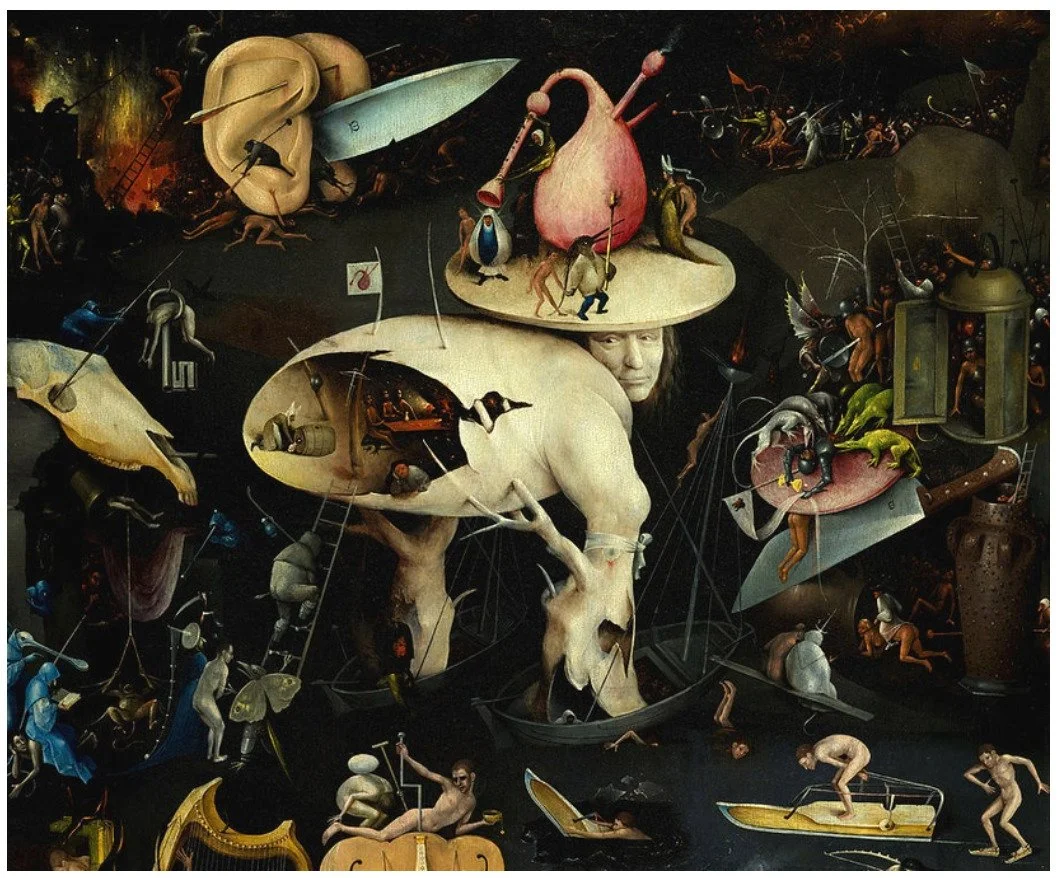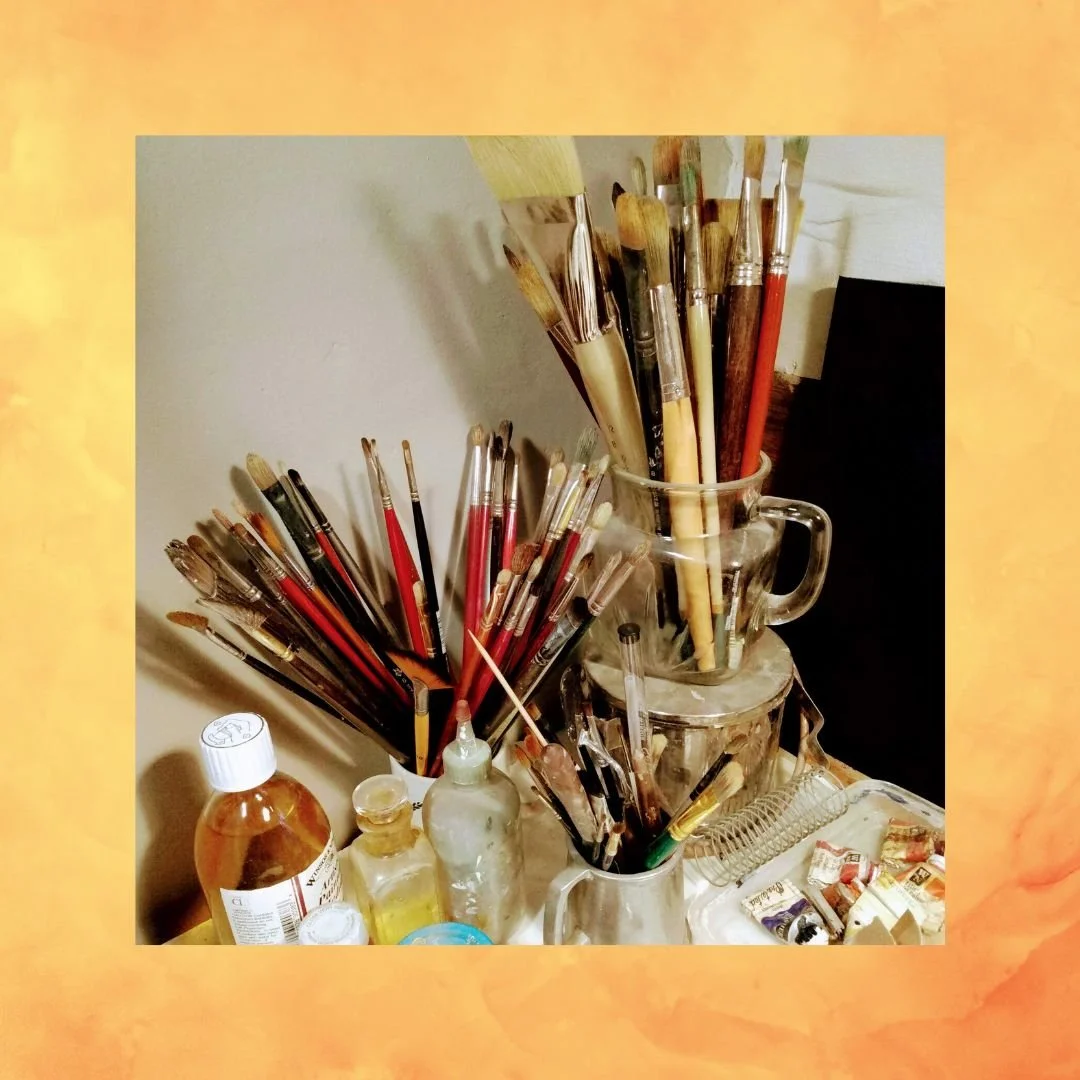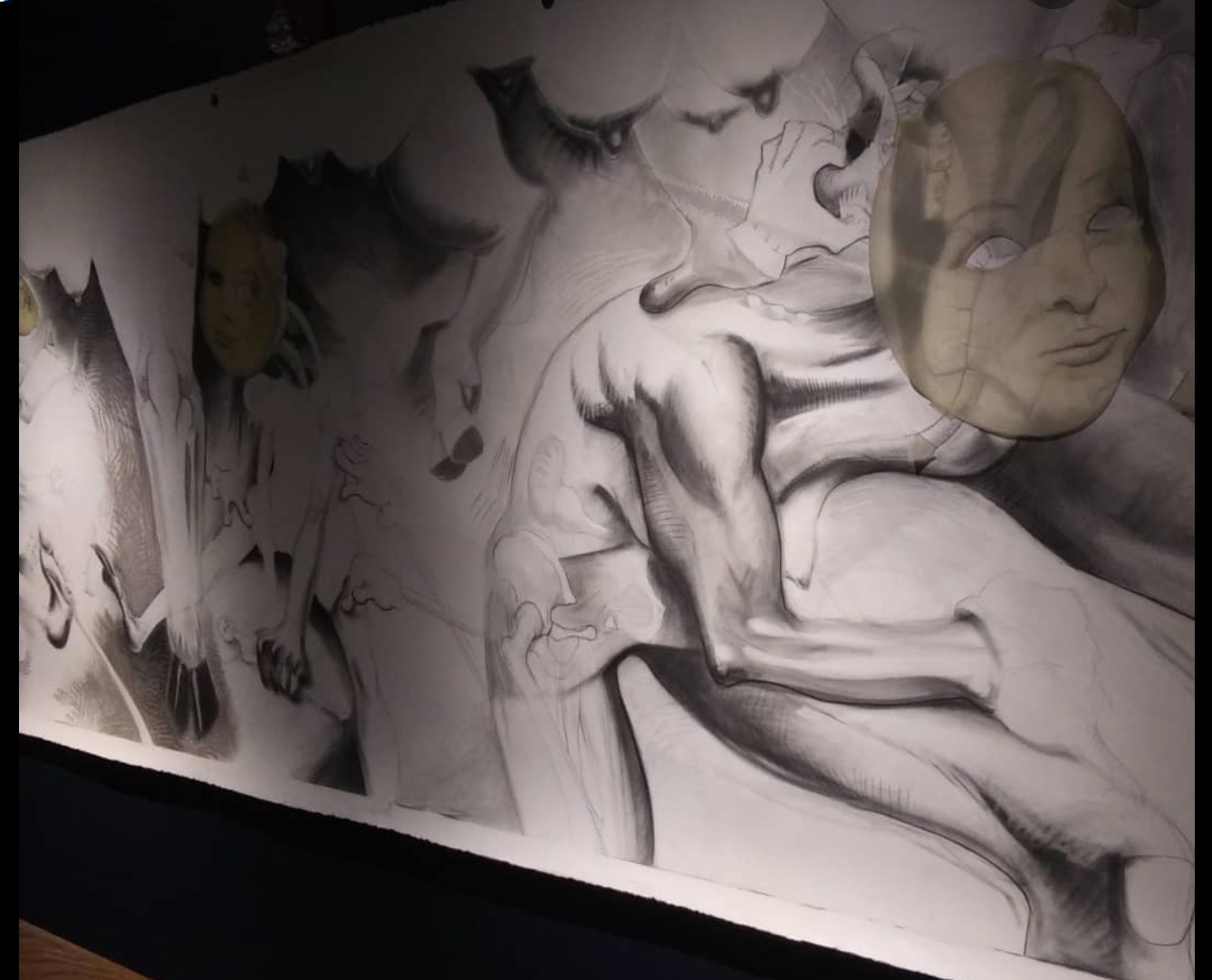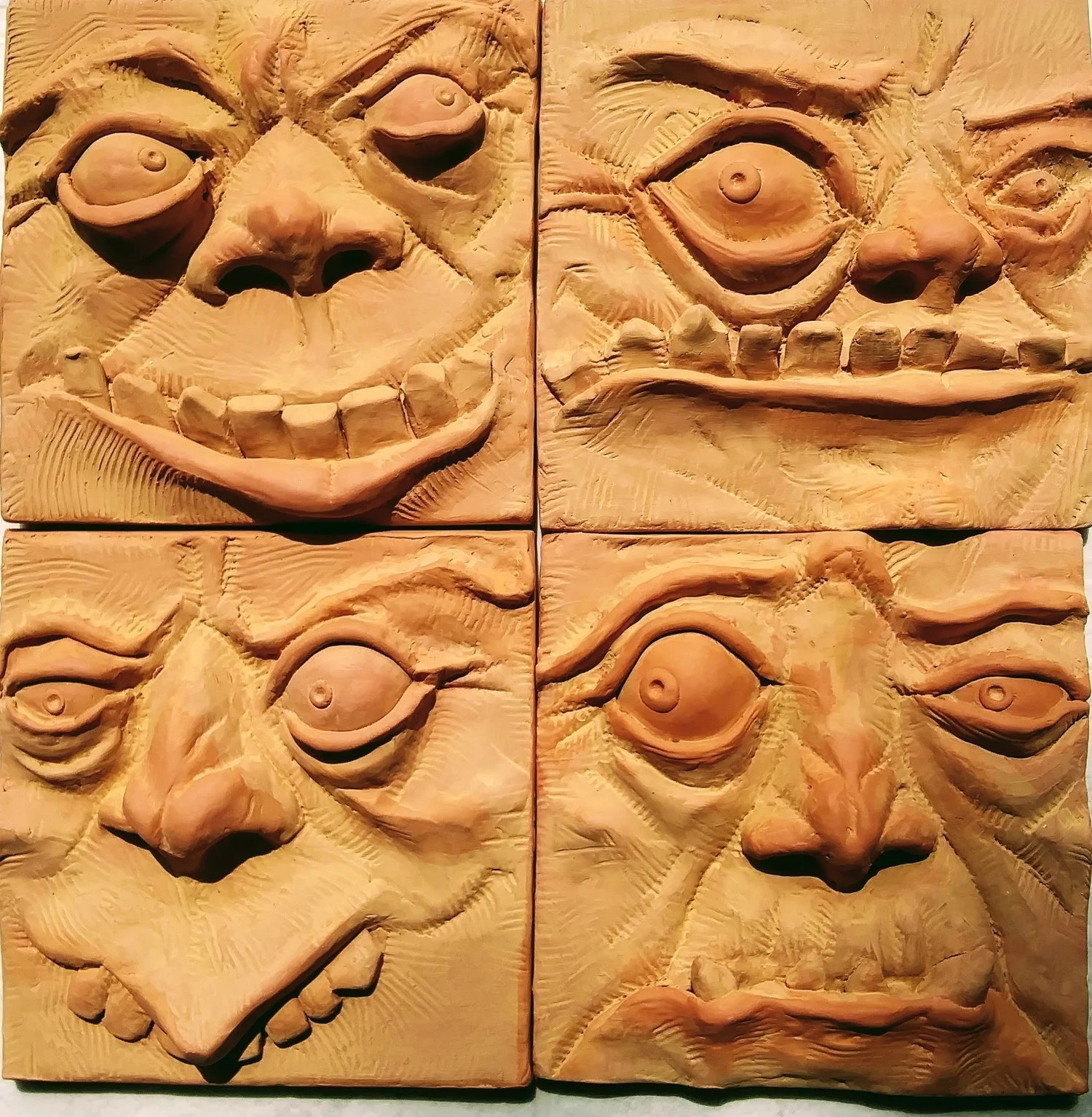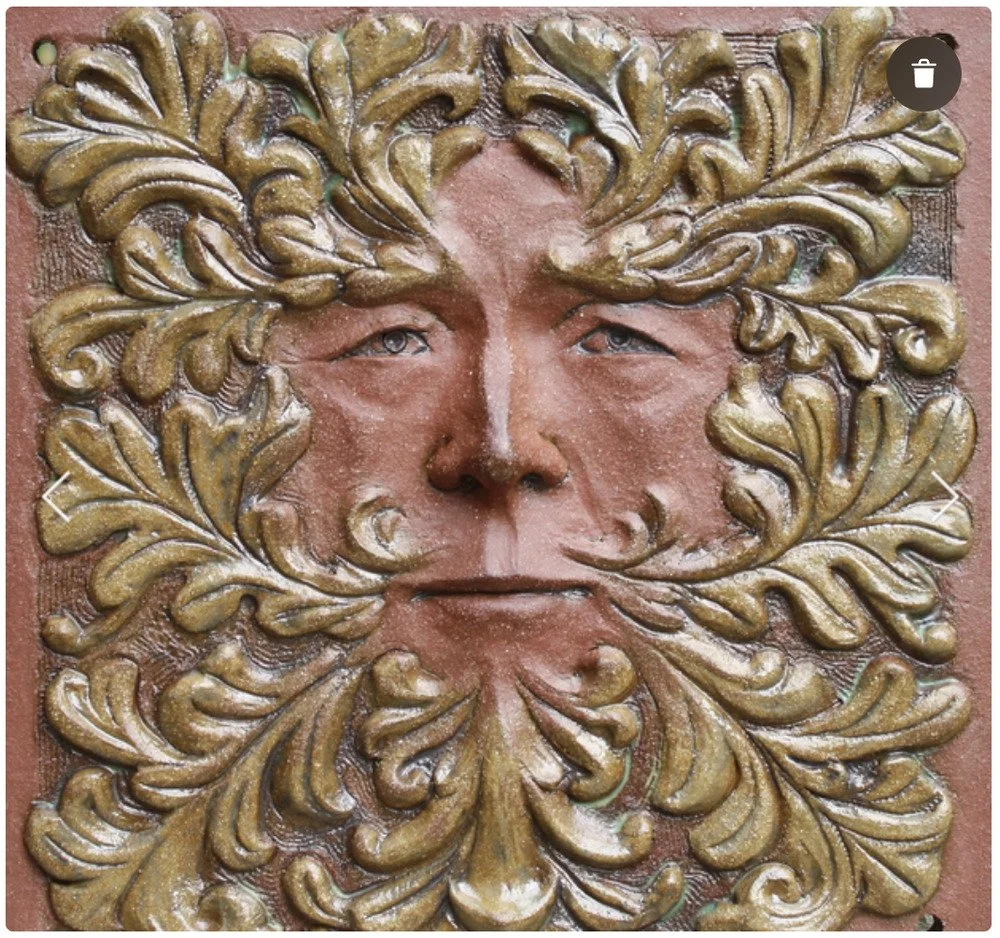Whether you're looking at art in a gallery/ museum space or your own artwork, you want to be able to discern what the art is *doing* not just by the way a piece feels to you, but by some very objective and concrete observations that can be applied universally.
Here are the components of objective critique of a work of art that I always used when I was teaching and assessing student work. Critiquing these components separately means that if a work seems to have a "technical weakness" in one area it can be very strong in another, thus giving the student the knowledge to be able work on that blind spot without feeling like they'd "failed" or made "bad art". And, artists who make a consistent habit of utilizing a particular strategy within one or several of these components in their work are making stylistic choices that aren't necessarily right or wrong but are a unique part of their artistic voice.
Composition & Design: How the pictorial space is being used.
Is the artist guiding and directing your eyes to remain within the pictorial space? Does the composition utilize pathways to enter into the work or does it use design to deliberately block areas? Does the design suggest an area of primary focus with secondary areas as complements? Does the design create a simple or complex space? Does it feel balanced or deliberately off-balance? Is the composition weighted to the bottom or is it on top and feel tippy? How does the composition feel? How does the movement support or subvert the meaning of the work?
Thomas Blackshear, "Day and Night"
Color
Does the color augment the mood and content of the work or does it defy its meaning? How does the color speak more about the meaning of the work and its intent? Does the color support what the perspective is trying to achieve?
Tamara DeLimpicka, "Girl in a Green Dress"
Line Weight
This component usially applies to drawings but paintings may have line weight too. Are the line weights all the same or do they vary, taper, multiply, or break? How is the line weight used to convey the meaning of the work?
Alphonse Mucha
Value Structure
Value structure is the light and or dark variations in the composition. The Japanese word, notan, or the "play of light and dark elements in a composition" conveys this concept well. Chiaroscuro, from the Italian language, means strong contrasts of light and dark in a work of art.
Virgil Finlay
Perspective
From what vantage point does the artist place the viewer? Is the perspective "realistic" or is it skewed artificially? What does the perspective do to enhance the meaning of the work?
NC Wyeth, "Not One More Step Mr. Hands"
Facture
Facture is the artist's "hand" showing in the surface action of the work of art. During the Renaissance and classical era painting, the hand was often obscured as much as possible, with the artist using soft brushes to obliterate any brush marks and to get the oil paint to melt as softly into the painted surface as possible. By the Impressionist era, brush marks were allowed to stay as were dollops and jabs of paint, drips, scrapes, and scrubs. Facture is easily seen in drawings which are often made of overlapping marks that aren't blended or erased.
How does the facture support or subvert the content of the work of art? How does the facture work to express the subject matter?
Kathe Kollwitz, "Portrait"
John Singer Sargent, "Lady Agnew"
Content
Content is the sum of the meaning of a work of art and will subsume the subject matter, which is the objects seen/ named in the work. The subject matter is merely the vehicle by which the content or meaning is expressed. Does the artist's subject matter support and convey the meaning of the work of art and how does it achieve this?
Hieronymous Bosch, "Garden of Earthly Delights" triptych #3
The artists' work presented here are just a few of my favorites and several of the rubric components can strongly apply to each of them.
